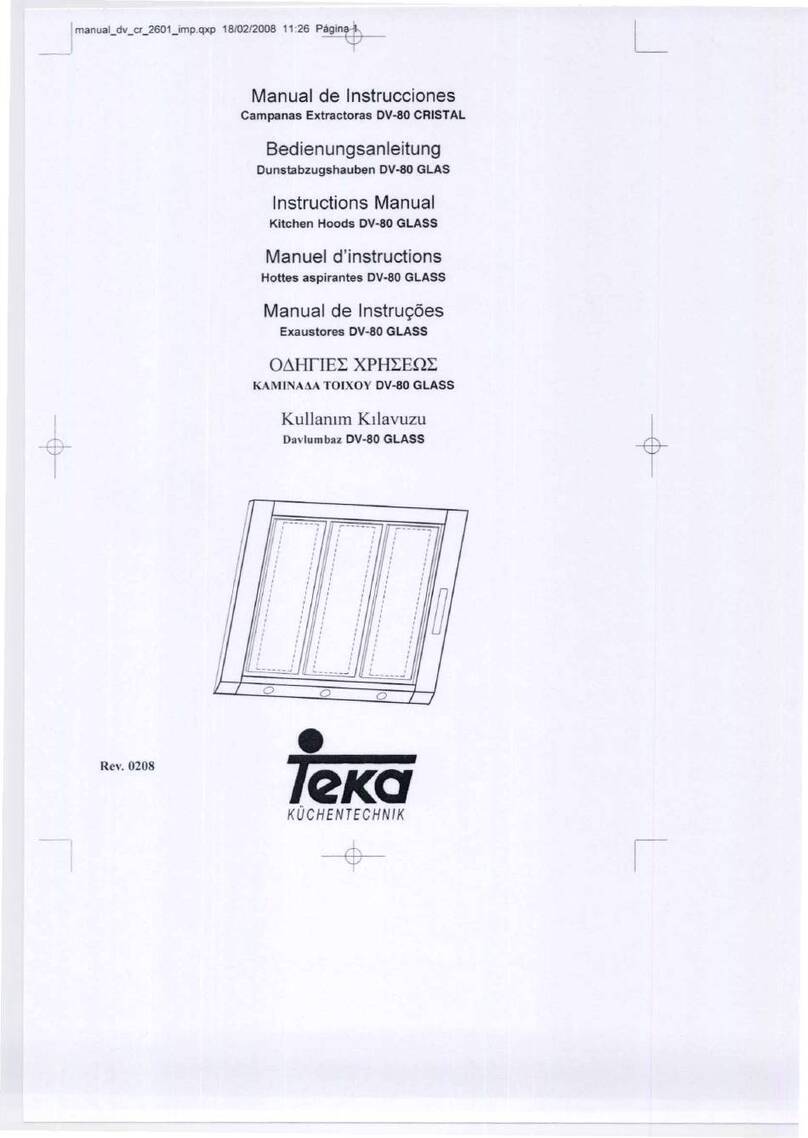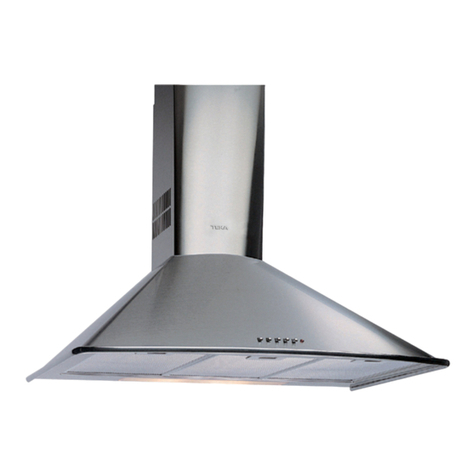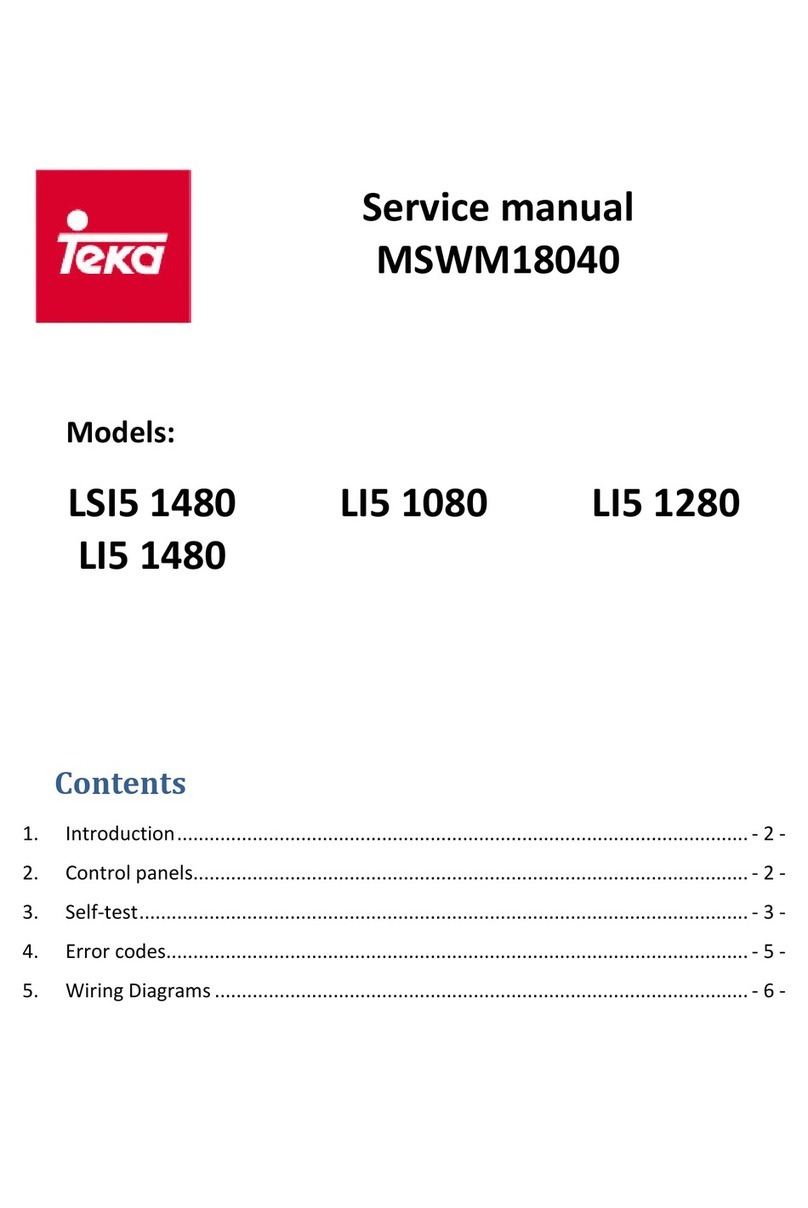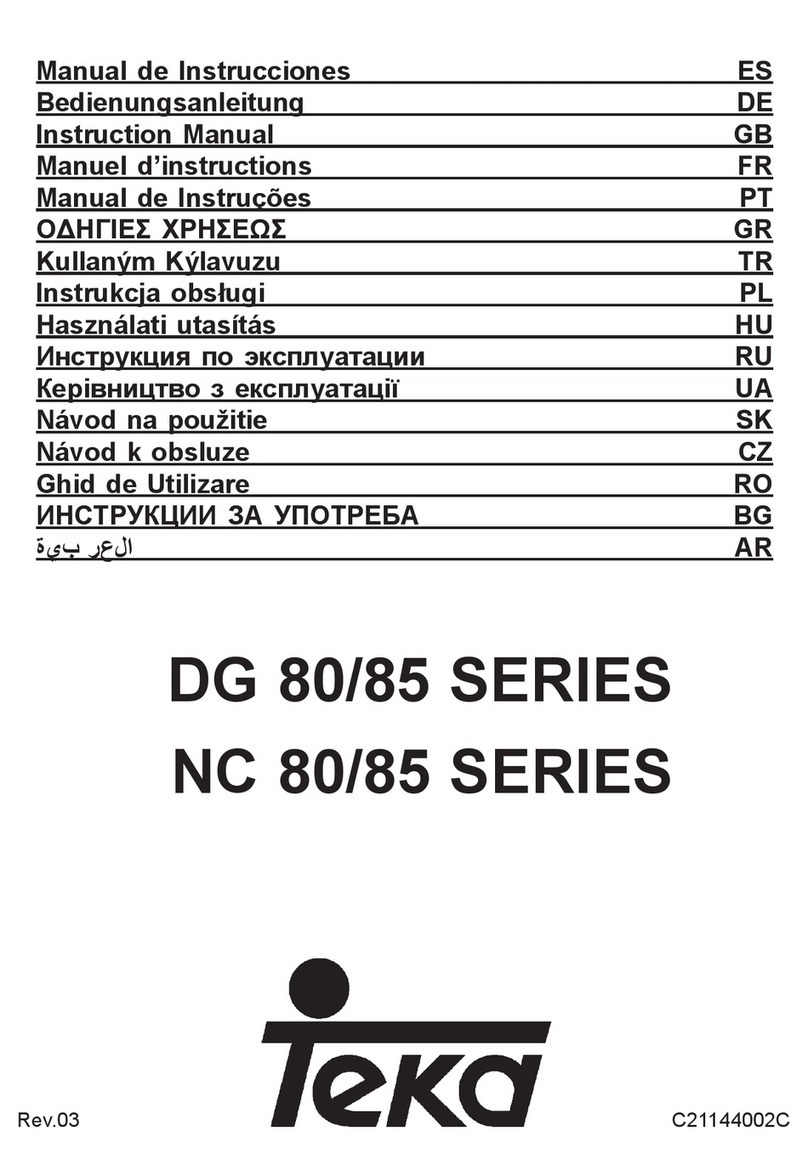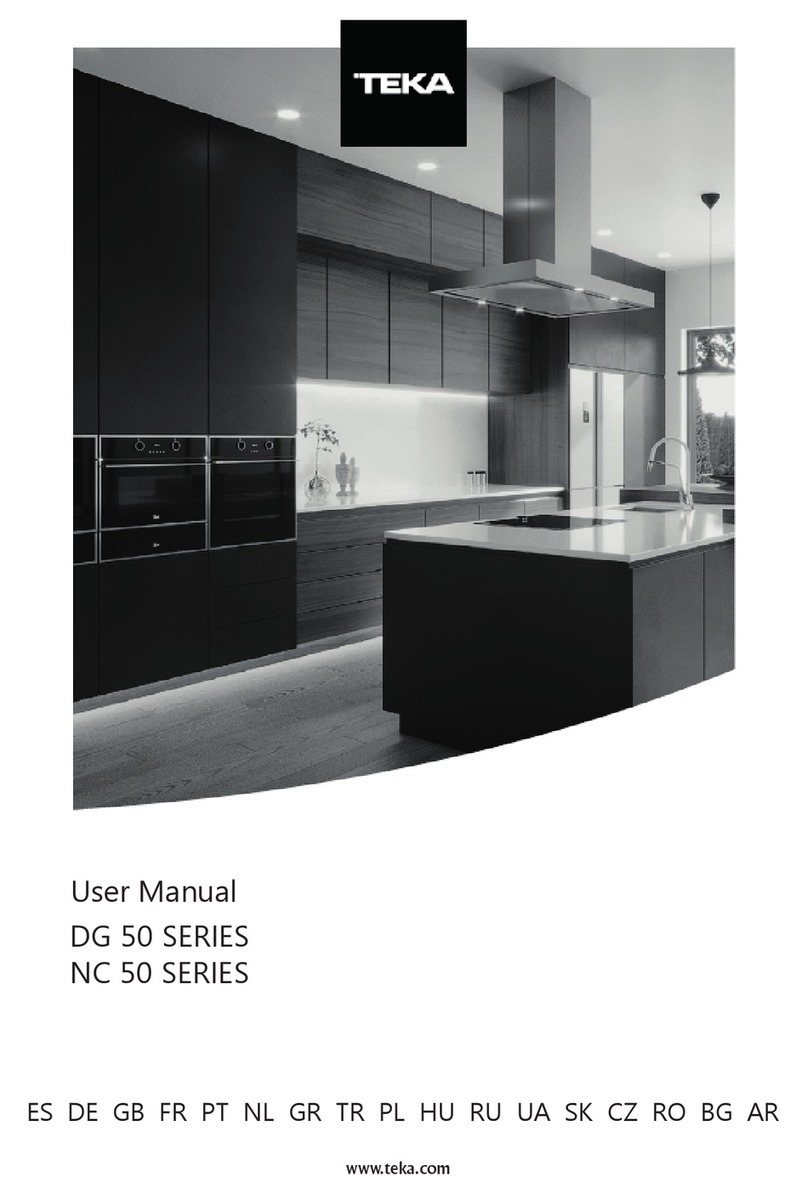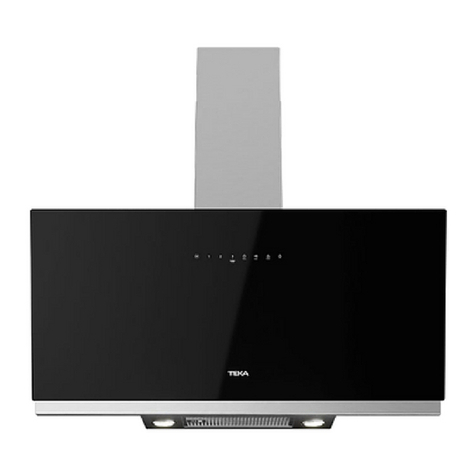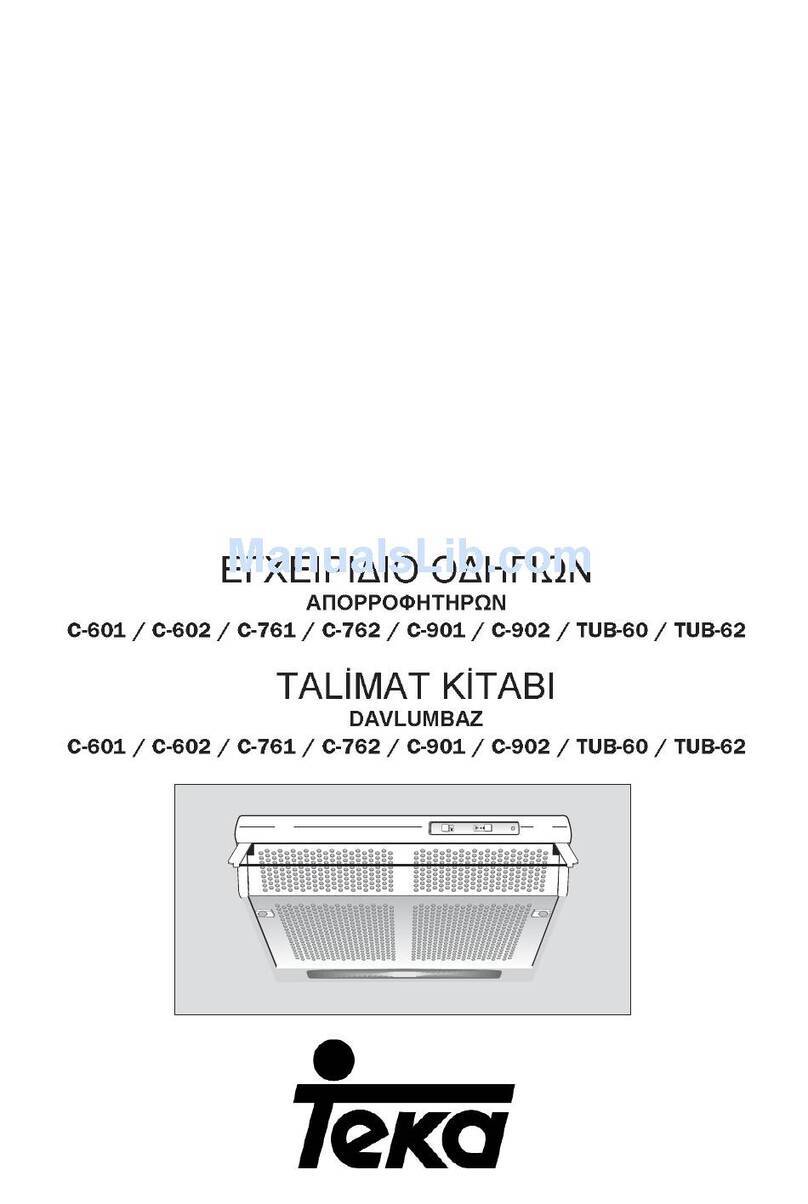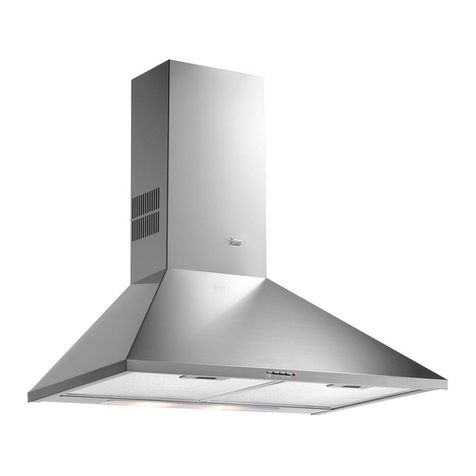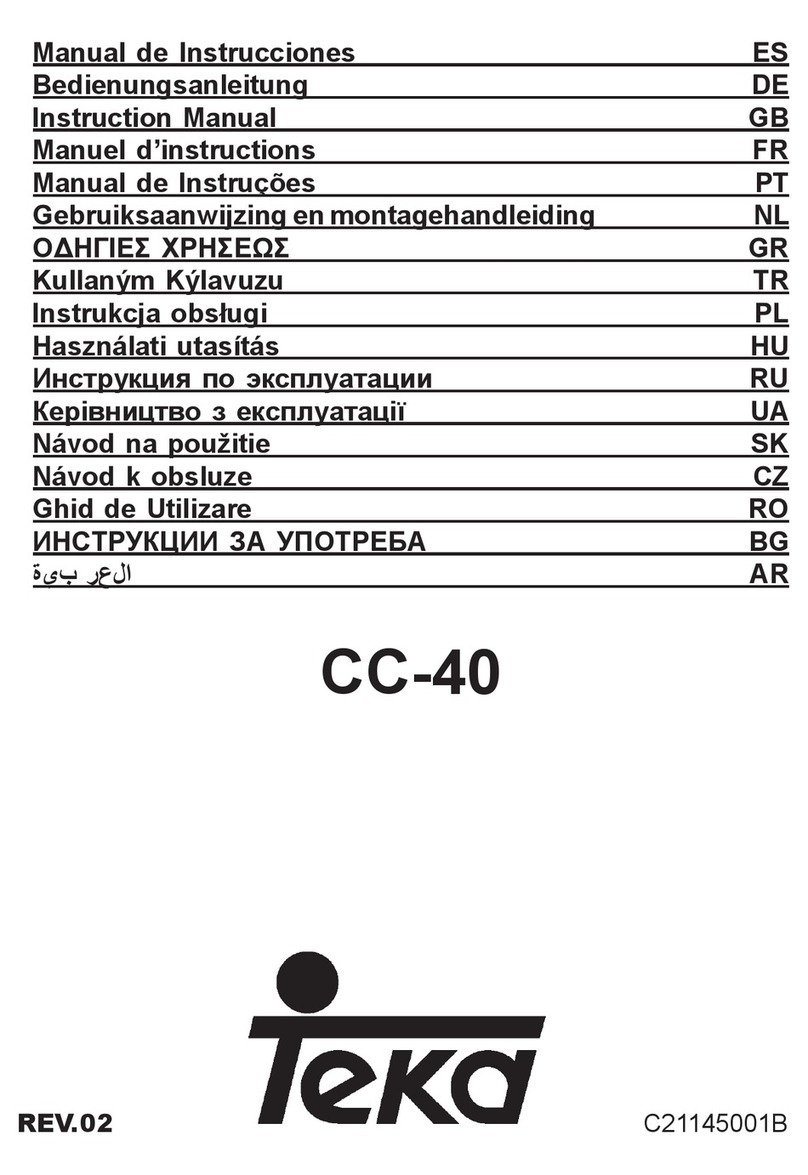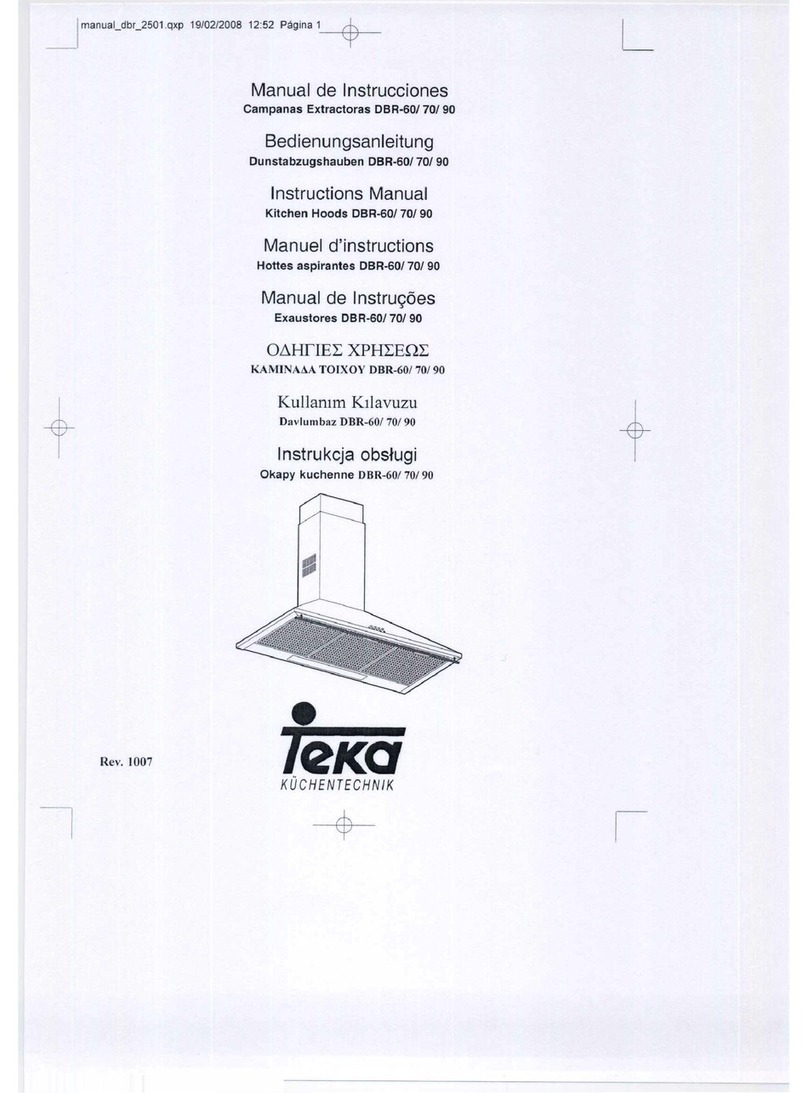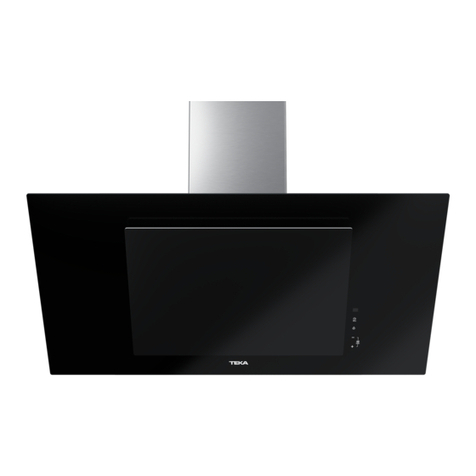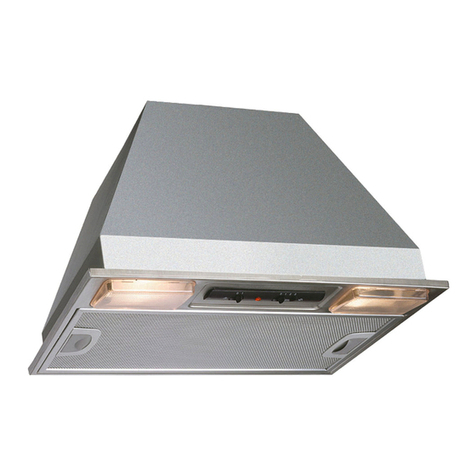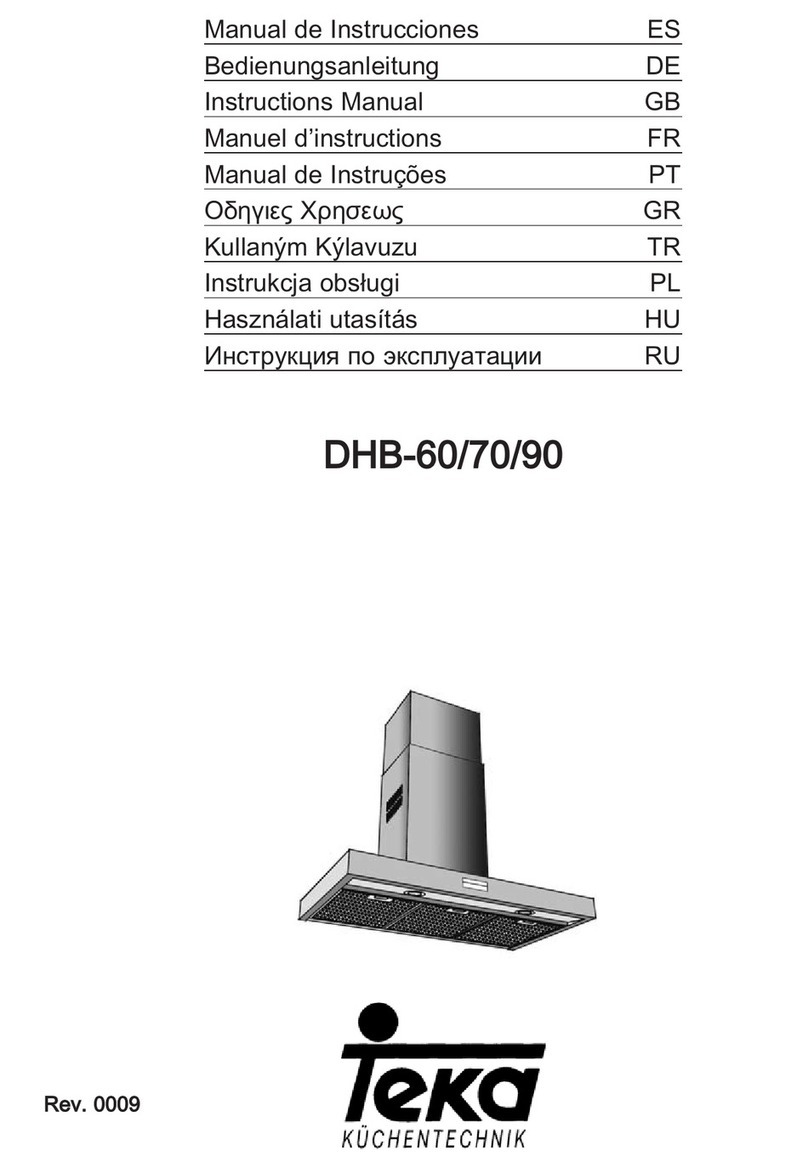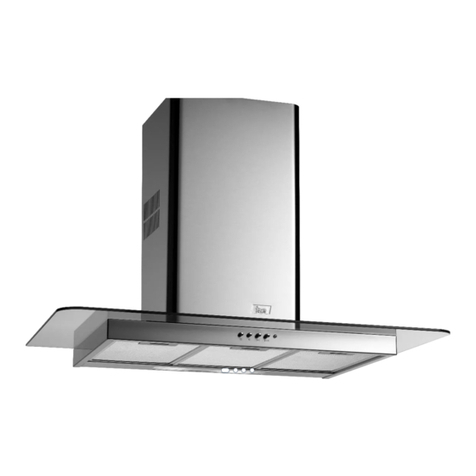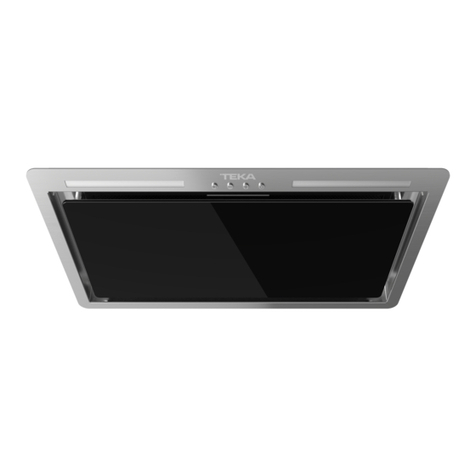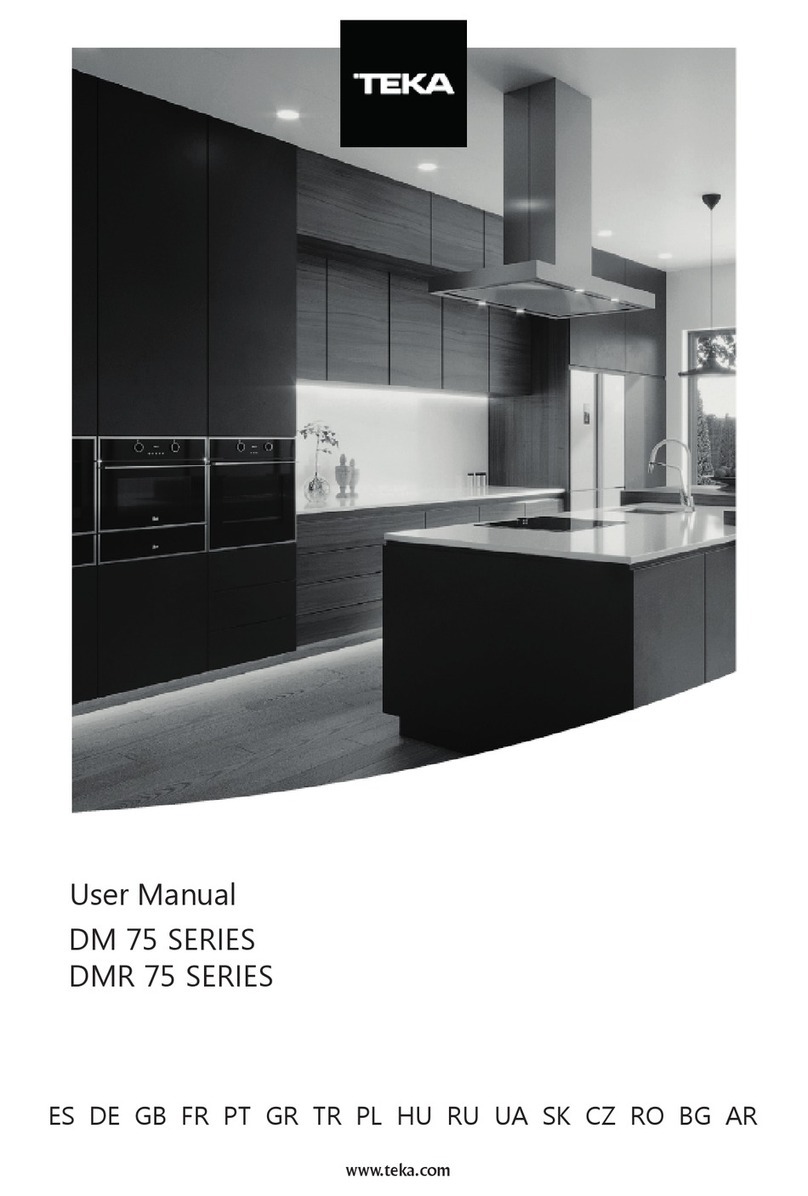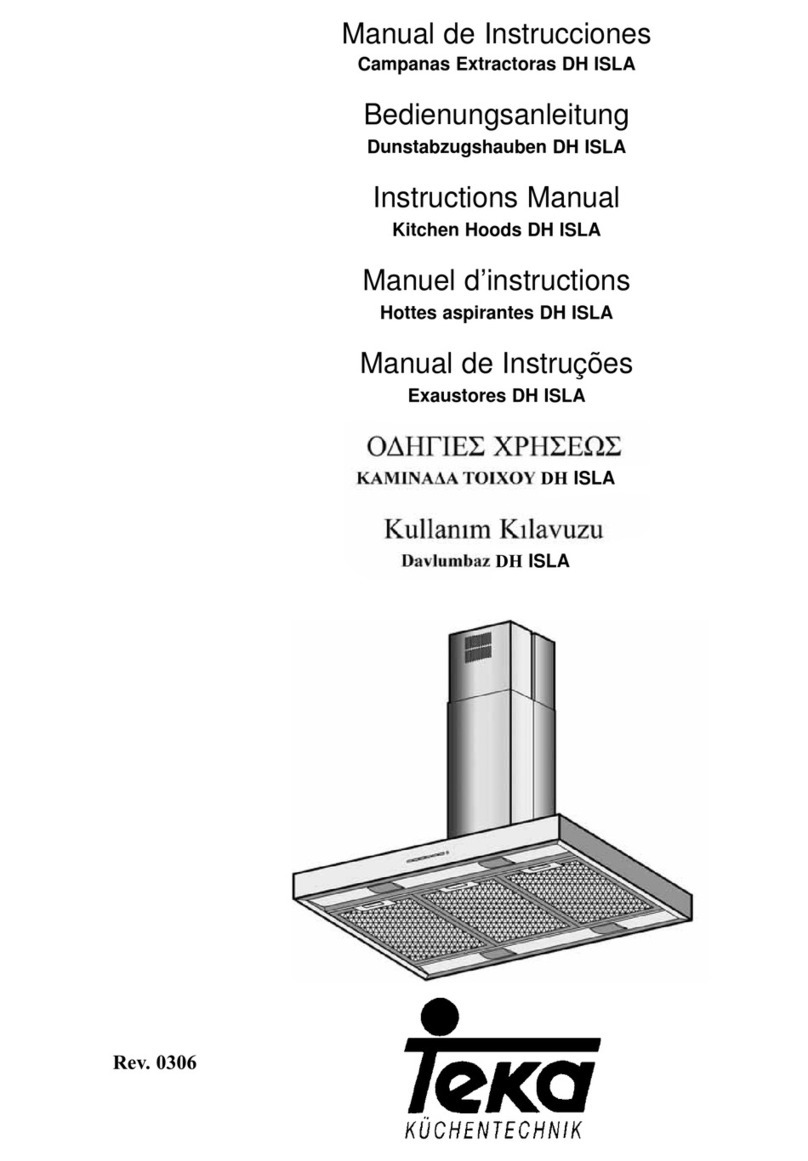
INSTALLATION AND OPERATING
CONDITIONS OF THE APPLIANCE
This refrigeration appliance is intended for use as a built-in appliance.
Installation before using the appliance for the first time
•Take the product out of the package, remove the scotch tape protecting the door
and the equipment. Any remaining adhesive stains may be removed with a mild
washing agent.
•Do not throw away the polystyrene elements of the packaging. If it is
necessary to transport the fridge-freezer, pack it in the polystyrene elements
and film as well as protect ing it with scotch tape
•Clean the interior surface of the fridge- freezer and the elements of the equip-
ment with a washing agent dissolved in lukewarm water, then wipe it dry.
•Place the fridge-freezer on an even, flat and stable surface, in dry, aired and
shaded room, far from the heat sources such as: oven, hob, central heating
radi-ators, central heating pipes, hot water installation, etc.
•On the exterior surface of the product may be a protective foil, this foils should
be removed.
•Make sure the appliance is placed in a horizontal position by screwing in the 2
adjustable front legs.
•Make sure the distance between the side of the appliance (on door hinges side)
and the wall is enough, to ensure that the door opens freely.
•Ensure adequate ventilation of the room and free air circulation from all sides
of the appliance .
Minimum distances from the heat sources
•from the electric gas and other ovens - 30 mm,
•from oil or coal fired ovens - 300 mm,
•from built-in ovens - 50 mm
If there is no possibility of ensuring the above- mentioned distances, provide an
ap-propriate insulation board.
Warning:
Mains connection
•Prior to connection, it is recommended to set the temperature control knob
to an „OFF” or other position that disconnects the appliance from the power
supply (See page with the control description).
•This appliance should be connected to AC 220-240V 50Hz supply socket.
The socket must be fitted properly, and must be supplied with an earthing
conduit and a 10A fuse.
.
•It is forbidden to readjust or modify any parts of the unit. It is crucial not to
dam-age the capillary tube visible in the compressor recess. The tube may
not be bent, straightened or wound.
•If the capillary tube is damaged by the user the guarantee will be void.
•The rear wall of the refrigerator, in particular, the condenser and other
elements of the cooling system must not contact other elements, which
may damage them, (e.g. central heating pipes and the water supply pipes)
•In some models the handle is put into the appliance, You should screw it
with Your own screwdriver,
6
